When making photographs there is an undeniable desire to take control of every aspect of the process. Digital photography has enabled us to control our work with mathematical precision – heck, since a digital photo is, in essence, a mathematical table, it’s chid’s play to add here, subtract there, averge across this range or that…
At some point I find myself yearning for just a bit of randomness to creep into the process. Maybe that’s why I keep playing with film – no matter how carefully you work, there’s no way to precisely control each and every step – how much did that stock solution oxidize since it was mixed? Just how did the solution flow in that last tank inversion? Just how old is this film and did it change in the last few hours, sitting in my warm pocket?
The quest for the infusion of randomness is, for me, a major allure of toy and junk cameras. Come on – it’s all random when you can’t control exposure or focus! No need for subtlety here…
The quest for randomness has sent me looking into many peculiar places – but here is one that is perhaps the strangest of them all: my own computer.
Of course, computers and their software, soulless things that they are, are incapable of truly random actions. They can emulate randomness by tapping into tables of pseudo-random numbers, but that’s it. Pseudo-random means that the lists of figures were once, indeed, random, but have since been frozen in fixed sequence and by that are now locked in relationship with each other, and are therefore not random. Though they are probably arbitrary.
So how can you get randomness out of one of these bit boxes? Well, there’s always software malfunctions…
I recently discovered the wonderful world of software emulators. DOSBOX is a favorite – fire it on top of WindowsXP or Vista, and it does a great job of emulating MS DOS from days gone by. I even unearthed my old Windows 3.1 disks, and installed it in the DOSBOX session. “Wow,” I thought, “I can finally get Kai’s Power Tools 2.0 back up and running…” and so that lead to installing Micrographix and the Kai’s Plug Ins.
And that’s when randomness took over – seems that Micrographix doesn’t know what to do with a 16 bit TIFF, and Kai’s has a hard time with files beyond a certain size. But it’s what Micrographix does with those 16 bit files that’s really interesting. It seems to dither them, fold them, crop them, chop them, and otherwise mess them up. So I immediately started throwing all sorts of photos at it, just to see what will happen…
Well, I like the effect. Pictures of trees seem to work the best – lots of trees, that look good when layed on top of each other. As with a lot of this stuff, a little goes a long way, and after looking at the lot of them for a while only a few remain interesting. But – here’s another interesting trick to play around with.
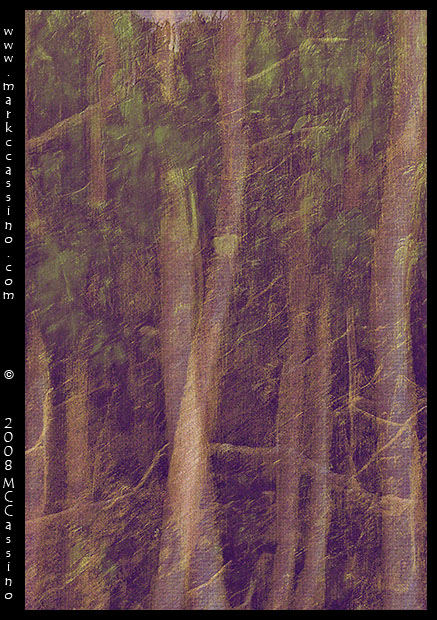
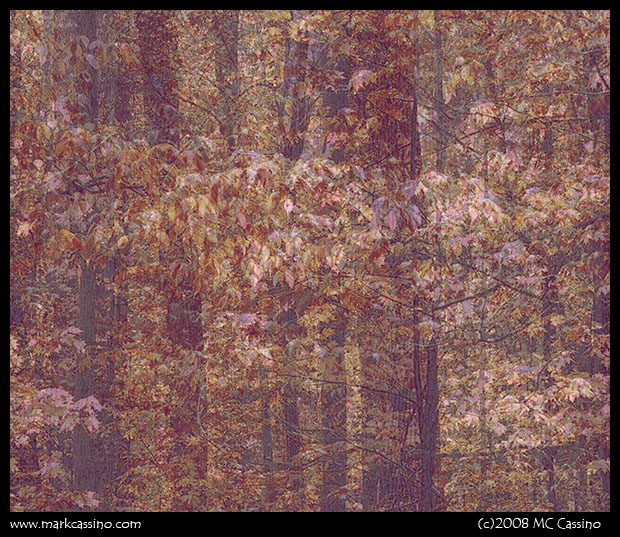
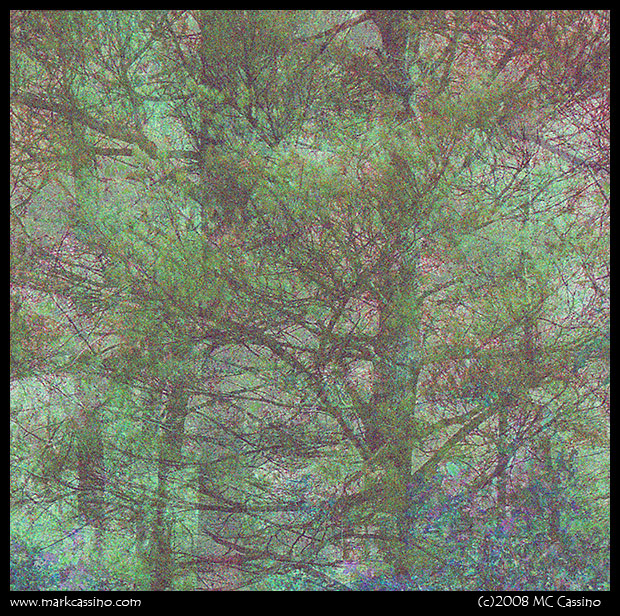
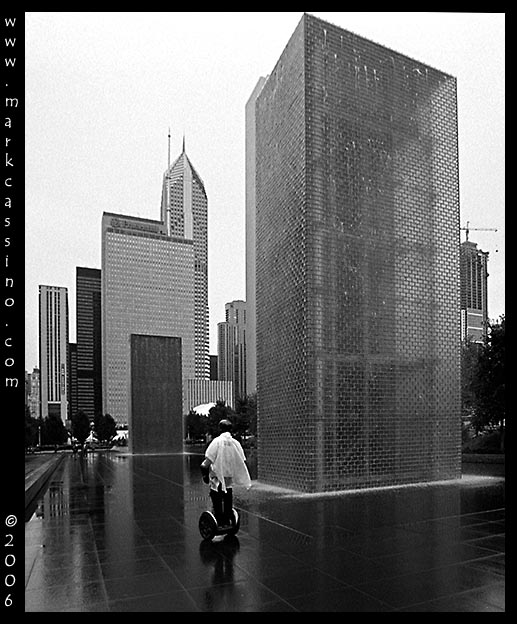
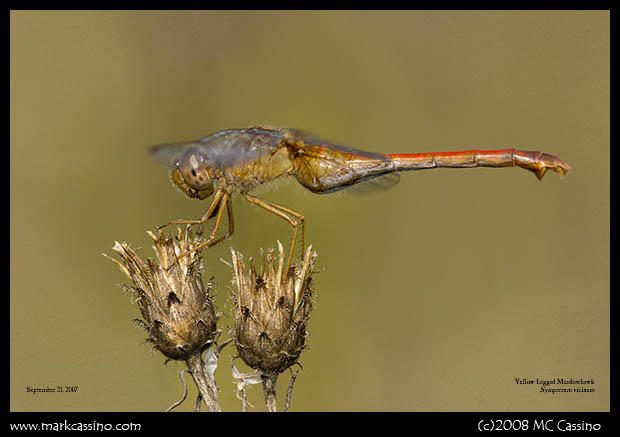
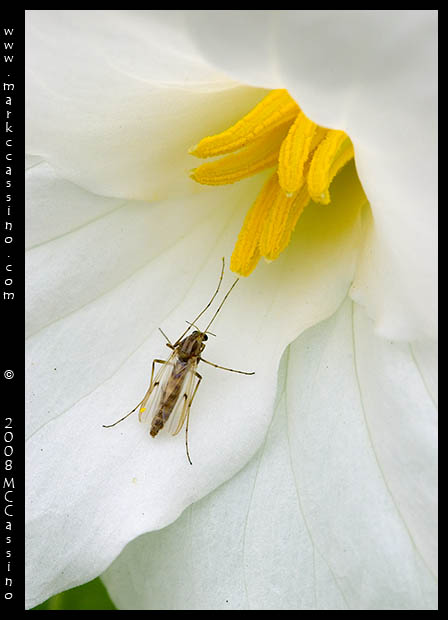 January finds me working on prints…
January finds me working on prints…










